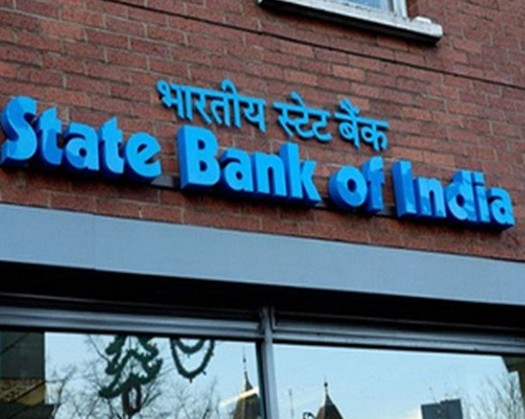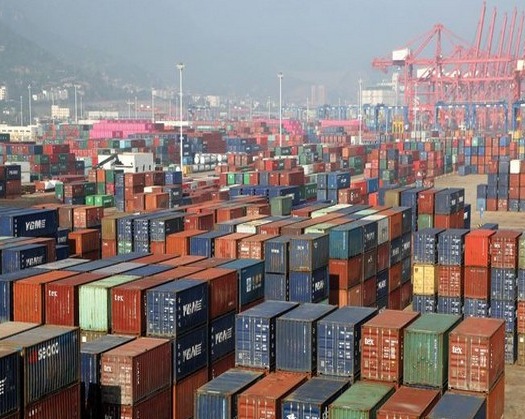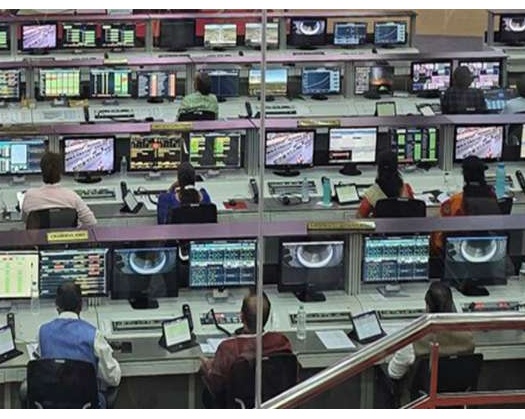New Delhi: India's market borrowing program has experienced a consistent and orderly development in recent years, with net borrowings remaining manageable despite the increasing economic demands of the country.
Data from a report by SBI indicates that the government is effectively managing its debt through various instruments while maintaining fiscal discipline in accordance with the FRBM Act.
It stated, "G sec borrowing trend.... Keeping the borrowings in check."
According to the data, gross market borrowing through government securities (G-secs) is projected to reach Rs 14.8 lakh crore in the Budget Estimates for FY26, while net borrowing is anticipated at Rs 11.5 lakh crore.
Thus far in FY26, the government has secured Rs 3.2 lakh crore in gross borrowing, and Rs 2.4 lakh crore in net borrowing.
In the previous financial year (FY25), gross borrowing was recorded at Rs 14.0 lakh crore, while net borrowing amounted to Rs 10.7 lakh crore. Similarly, FY24 witnessed gross borrowing of Rs 15.4 lakh crore and net borrowing of Rs 10.7 lakh crore.
This indicates that while gross borrowing varies with fiscal requirements, net borrowing is being maintained at a largely stable level.
The report further emphasized that the outstanding stock of government debt through G-secs has consistently increased over the last decade, rising from Rs 41.6 lakh crore in FY15 to Rs 114.5 lakh crore so far in FY26.
Nevertheless, this increase has been managed prudently, and the government is making sincere efforts to lower overall debt levels.
The debt-to-GDP ratio is projected at 57.1 percent for 2024-25 and is expected to decrease to 56.1 percent in 2025-26, according to the FRBM guidelines.
To refine its borrowing profile, the report noted that the government is also employing debt switch and buyback operations.
In FY26, switch borrowings are planned at Rs 2.5 lakh crore, and buybacks have already accounted for Rs 0.5 lakh crore. In previous years, switch operations varied from Rs 0.3 to Rs 2.0 lakh crore, depending on the fiscal strategy.
In the realm of banking and finance, a debt switch generally denotes a transaction in which a borrower swaps one form of debt security for another, usually aimed at restructuring debt obligations or managing liquidity. Conversely, buyback operations typically involve the repurchase of government securities or corporate bonds by the central bank (RBI).
In this regard, the SBI report highlighted a dichotomy in current trends. While the issuance of more short-term papers may cater to immediate funding requirements for a rapidly growing economy, it could result in increased redemption pressure in the medium term.
The report indicated that although India's public debt has increased in absolute terms, the government's careful fiscal management, consistent borrowing patterns, and strategic measures such as debt switches and buybacks are contributing to the maintenance of long-term sustainability.
With net borrowings kept in check and initiatives aligned with FRBM targets, the overall outlook for debt appears disciplined.









